The Science of Human Thermoreception
Introduction
Human thermoreception refers to the ability of the human body to sense and respond to changes in temperature. This physiological process involves specialized sensory neurons known as thermoreceptors that are distributed throughout the body. These receptors detect changes in both external and internal temperatures and relay this information to the brain, which then initiates appropriate responses to maintain the body's core temperature within a narrow, optimal range, a process known as thermoregulation.


Thermoreceptors
Thermoreceptors are specialized nerve endings that are sensitive to changes in temperature. They are a type of nociceptor, which are sensory neurons that respond to potentially harmful stimuli. Thermoreceptors can be broadly classified into two types: warm receptors and cold receptors.
Warm receptors are activated by temperatures above normal body temperature, while cold receptors respond to temperatures below normal body temperature. These receptors are found in the skin, mucous membranes, and certain internal organs. They are most densely concentrated in the hands, lips, face, and tongue, which are areas of the body that often come into contact with external objects and substances.
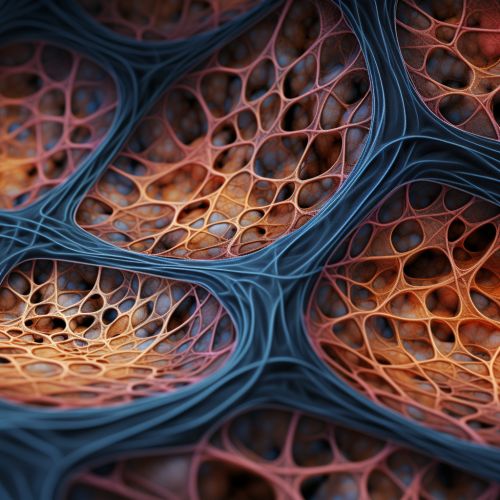
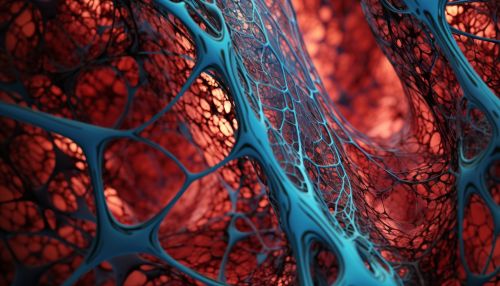
Mechanism of Thermoreception
The process of thermoreception begins when thermal stimuli are detected by thermoreceptors. These stimuli cause a change in the permeability of the thermoreceptor's cell membrane to ions, which leads to the generation of an electrical signal known as an action potential. This action potential is then transmitted along sensory nerves to the spinal cord, and from there to the brain, specifically to the thalamus and the hypothalamus.
The thalamus is involved in the conscious perception of temperature, allowing us to feel sensations of warmth or cold. The hypothalamus, on the other hand, plays a crucial role in thermoregulation. It receives information about the body's internal temperature from thermoreceptors in the organs and blood vessels, and initiates responses to maintain the body's temperature within a narrow range.
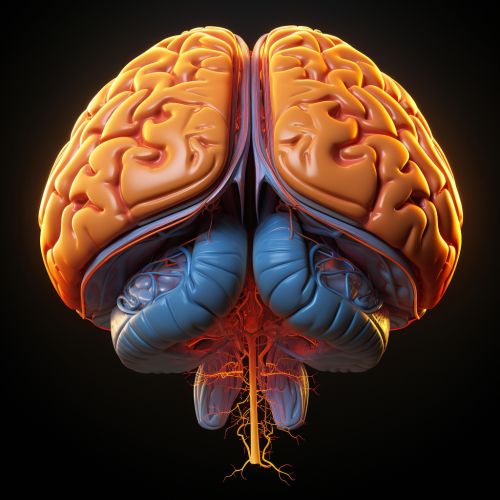
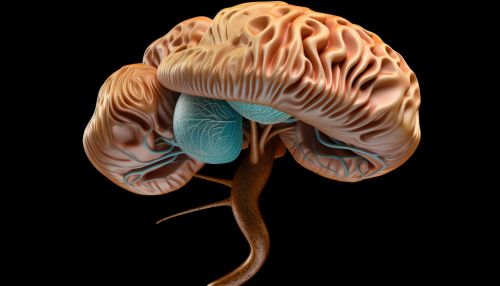
Thermoregulation
Thermoregulation is the process by which the body maintains its core temperature within a narrow range, despite fluctuations in environmental temperature. This is crucial for the survival of the organism, as many biochemical reactions that occur within the body are temperature-dependent.
When the body's internal temperature rises above the normal range, the hypothalamus initiates cooling mechanisms such as sweating and vasodilation, the expansion of blood vessels near the skin surface to increase heat loss. Conversely, when the internal temperature falls below the normal range, the hypothalamus triggers warming mechanisms such as shivering and vasoconstriction, the narrowing of blood vessels to reduce heat loss.
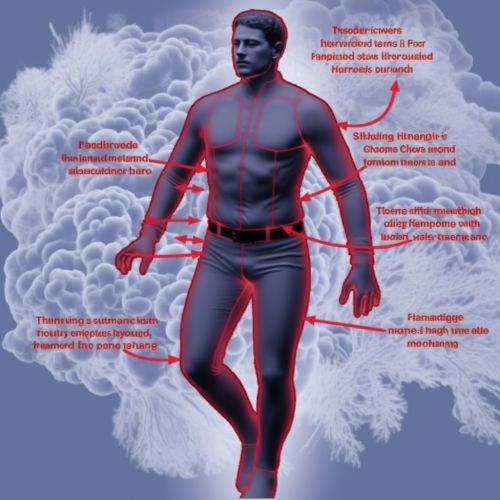

Clinical Significance
Abnormalities in thermoreception and thermoregulation can lead to a variety of clinical conditions. For instance, hypothermia can occur when the body's temperature drops below the normal range, while hyperthermia refers to an abnormally high body temperature. Both conditions can be life-threatening if not promptly treated.
Certain neurological disorders can also affect thermoreception. For example, individuals with neuropathy may experience abnormal or diminished thermal sensations due to damage to the sensory nerves, including thermoreceptors.


